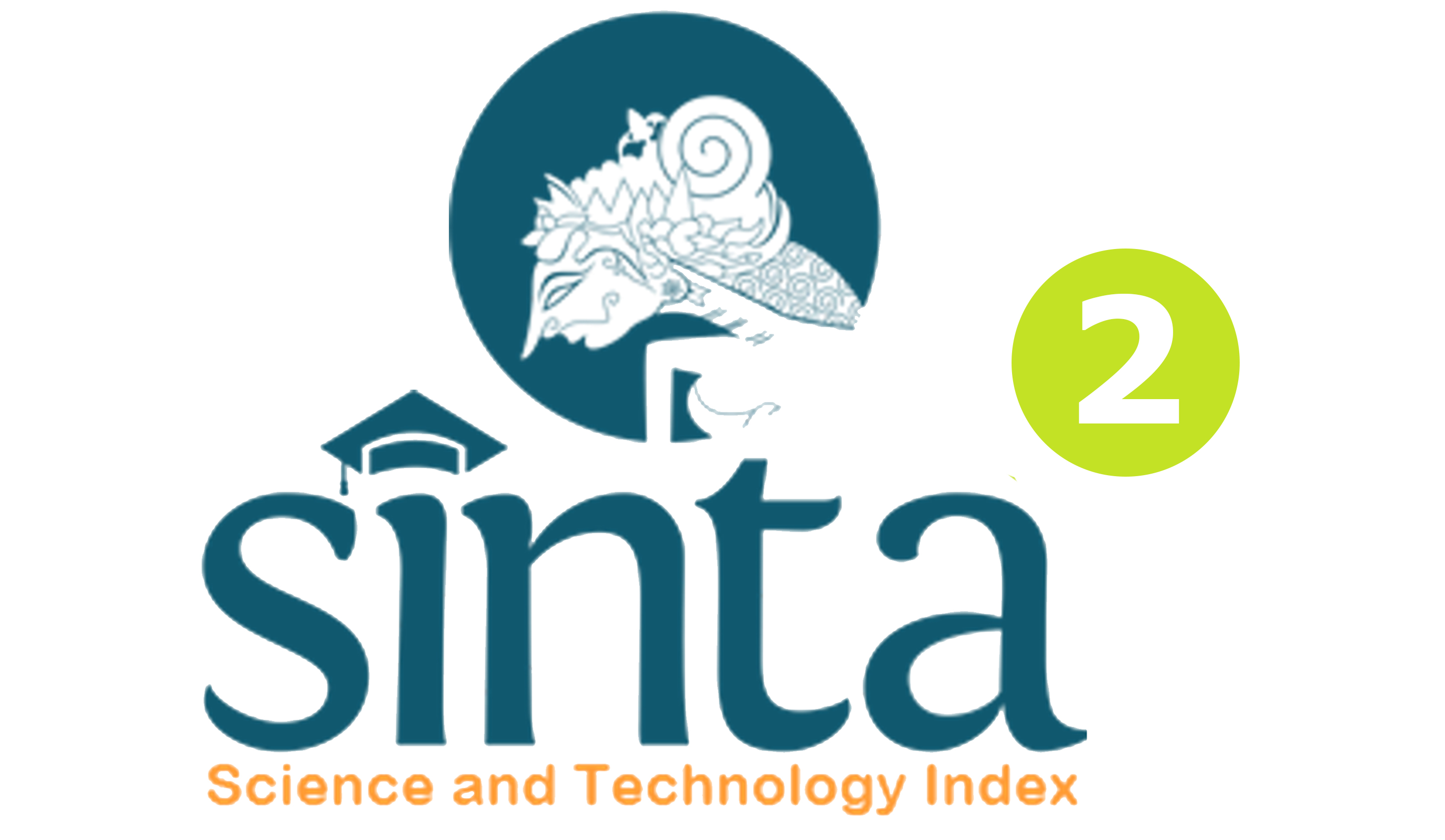Integration of Medical Physical Principles with Empathy as Scientific Strengthening and Counseling Action
DOI:
https://doi.org/10.23887/bisma.v5i1.33324Keywords:
delayed broadcast, biopsychosocial, formative evaluation, empathy, basic communication counselingAbstract
This study aims to see a picture of empathy by integrating biological, sociological and psychological by using a delayed broadcast application which is intended to help Guidance and Counseling students to increase empathy and communication skills through a biopsychosocial approach to identify counselee problems. The implementation study uses a formative evaluation framework to see the counselor's communication with the counselee through three stages; 1) evaluation, consisting of a conceptual review; 2) technical, both formal and informal by the lecturer; 3) evaluation of Guidance and Counseling students who are involved in surveys and observations. The findings of this study indicate that bio-psycho-social video delays can improve counseling communication techniques (empathy) for prospective counselors. The results of this study can be used as a reference for lecturers and prospective counselors in providing learning about the counseling process so as to improve the quality of prospective counselors, especially in increasing empathy which is one of the counselor's character competencies.
References
Aggarwal, R. and Guanci, N. (2014) ‘Teaching empathy during clerkship and residency’, Academic Psychiatry, 38(4), pp. 506–508.
Amalia, R. (2019) ‘EMPATI SEBAGAI DASAR KEPRIBADIAN KONSELOR’, Jurnal Pendidikan dan Konseling (JPDK), 1(1), pp. 57–61.
Auliyah, A. and Flurentin, E. (2016) ‘Efektifitas Penggunaan Media Film untuk Meningkatkan Empati Siswa Kelas VII SMP’, Jurnal Kajian Bimbingan dan Konseling, 1(1), pp. 19–26.
Dodd, A., Guerin, S., Delaney, S., & Dodd, P. (2020). Complicated grief knowledge, attitudes, skills, and training among mental health professionals: a qualitative exploration. Death studies, 1-12.
Fitria, R. (2011) ‘Hubungan antara Persepsi Siswa tentang Kemampuan Empati Konselor dengan Minat Siswa Terhadap Layanan Konseling Perorangan pada Siswa kelas VIII di SMP Negeri 7 Semarang Tahun Ajaran 2009/2010’. UNNES.
Fourie, M. M., Subramoney, S. and Gobodo-Madikizela, P. (2017) ‘A less attractive feature of empathy: intergroup empathy bias’, Empathy: an evidencebased interdisciplinary perspective. INTECH (London), pp. 45–61.
Goleman, D. and Boyatzis, R. (2017) ‘Emotional intelligence has 12 elements. Which do you need to work on’, Harvard Business Review.
Handari, S. (2016) ‘Empati Sebagai Pengembangan Seni Konseling Untuk Efektivitas Pelayanan Konseling’, Lentera, 18(1).
Hidayah, N. (2010) ‘Process-Audit Dalam Penyelenggaraan Pendidikan Akademik Jenjang S-1 Bimbingan Dan Konseling’, Jurnal Pendidikan dan Pembelajaran (JPP).
Hojat, M. et al. (2009) ‘The devil is in the third year: a longitudinal study of erosion of empathy in medical school’, Academic Medicine, 84(9), pp. 1182–1191.
Indreswari, H. (2016) ‘Keefektifan model kemitraan dalam belajar untuk meningkatkan kemampuan empati calon konselor’. Universitas Negeri Malang.
Maristy, H. S. (2020, August). Contextualization to Enhance Students’ Writing Ability. In 1st International Conference on Language, Literature, and Arts Education (ICLLAE 2019) (pp. 196-202). Atlantis Press.
Mayangsari. (2018) ‘Penggunaan Tools Assesment Biopsikososial dan Spiritual Anak yang menjadi Korban Perceraian Orang Tua’, EMPATI: Jurnal Ilmu Kesejahteraan Sosial. doi: 10.15408/empati.v7i1.10002.
Sarafino, E. P. and Smith, T. W. (2014) Health psychology: Biopsychosocial interactions. John Wiley & Sons.
Slavin, R. E. (2008) ‘Psikologi Pendidikan: Teori dan Praktik, terj’, Marianto Samosir. Jakarta: Indeks.
Sutanti, T. (2015) ‘Efektivitas Teknik Modeling untuk Meningkatkan Empati Mahasiswa Prodi BK Universitas Ahmad Dahlan’, Jurnal Psikologi Pendidikan dan Konseling: Jurnal Kajian Psikologi Pendidikan dan Bimbingan Konseling, 1(2), pp. 188–198.
Zaki, J. and Ochsner, K. N. (2012) ‘The neuroscience of empathy: progress, pitfalls and promise’, Nature neuroscience, 15(5), pp. 675–680.








